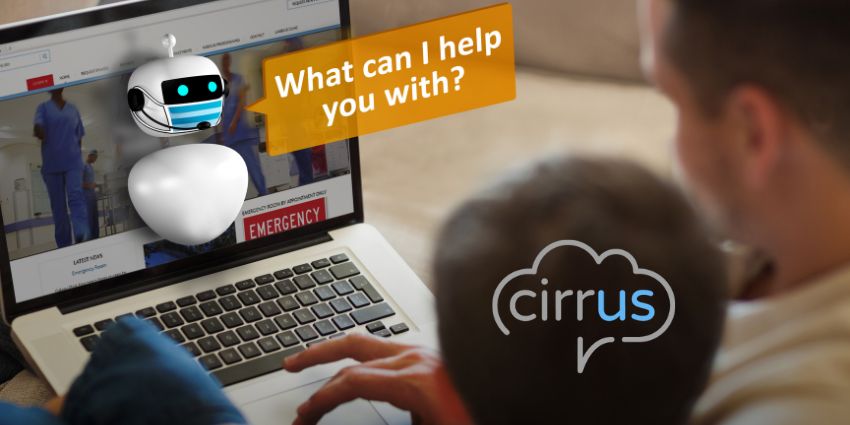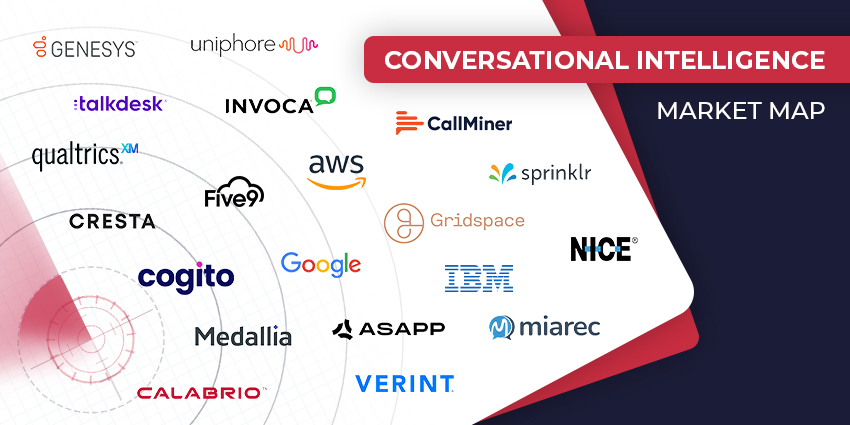Speech analytics solutions extract maximum value from call recordings, getting a handle on the customer’s intent, sentiment, and language to capture new insight.
In doing so, the technology takes call clips from being compliance and audit instruments only to generators of business value.
What Is Contact Center Speech Analytics Technology?
Speech analytics is a contact center intelligence tool that uses technologies like automatic speech recognition, audio analysis, natural language processing, and data visualization to convert raw files of audio recordings into intelligible information.
By combining the power of all these technologies, speech analytics makes sense of the unstructured data contained within a telephonic conversation.
While speech analytics is an emerging market, demand for it is growing. From $1.5BN last year, it could reach $3.8BN by 2025 at an above-average growth rate of 20.2 percent – according to analyst forecasts.
Further 2020 research also suggested that 70 percent of contact centers plan to implement an analytics-led voice strategy before 2025 – although this data comes from a speech analytics vendor.
Speech Analytics Technology Components
Conventional speech analytics solutions cluster the following three components to drive their technologies.
- Natural language understanding uses phonemes as the primary recognition unit to convert unstructured speech into a searchable language stream.
- Large-vocabulary continuous speech recognition (LVCSR) uses words or a set of words to match the audio and find issues – LVCSR typically powers speech-to-text.
- Extended speech emotion recognition is the most sophisticated of the three, using neural network classifiers to gauge emotion and form predictions.
How Does Speech Analytics Help Contact Centers?
The most common use of speech analytics is harnessing non-intrusive voice of the customer (VoC) insights. But there are several other applications as well. For example:
- Root-Cause Analysis: The insights from speech analytics reveal customers’ most common issues. They may then develop self-service chatbots for these specific issues.
- Intent Analysis: Speech analytics surfaces hidden caller intent and how it changes across an interaction. For instance, the customer might talk about one issue explicitly, but their voice tonality refers to a different problem. Speech analytics can detect such shifts.
- Inform Automation Deployments: Through task mining, contact centers can uncover which tasks agents repeatedly complete. With conversation mining, operations can see which interactions agents frequently have with customers. With this insight, businesses can more craftily deploy conversational AI and robotic process automation (RPA). They may also monitor the impact of these deployments after.
Yet, there are many more speech analytics use cases, as the following video explores.
How Do You Adopt the Technology?
Speech analytics deals with sophisticated AI algorithms, which are becoming increasingly intelligent thanks – in part – to the rise of large language models like ChatGPT.
Fortunately, leading providers – contact center software vendors and point solution specialists – increasingly have a speech analytics feature/tool on offer.
Leading vendors like Talkdesk, NICE inContact, and Genesys have a speech analytics module, sometimes coupled with text analytics, for multi-channel customer insights.
AI specialists like CallMiner, Observe.AI, and VoiceBase also offer interoperable speech analytics technology that can complement existing contact center architectures – whether those are in the cloud, on-premise, or hybrid environments.
Finally, businesses may partner with a carrier (e.g., Verizon) to couple speech analytics with telephony.







